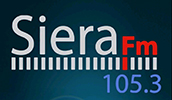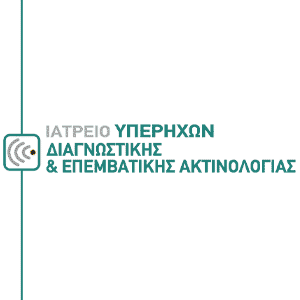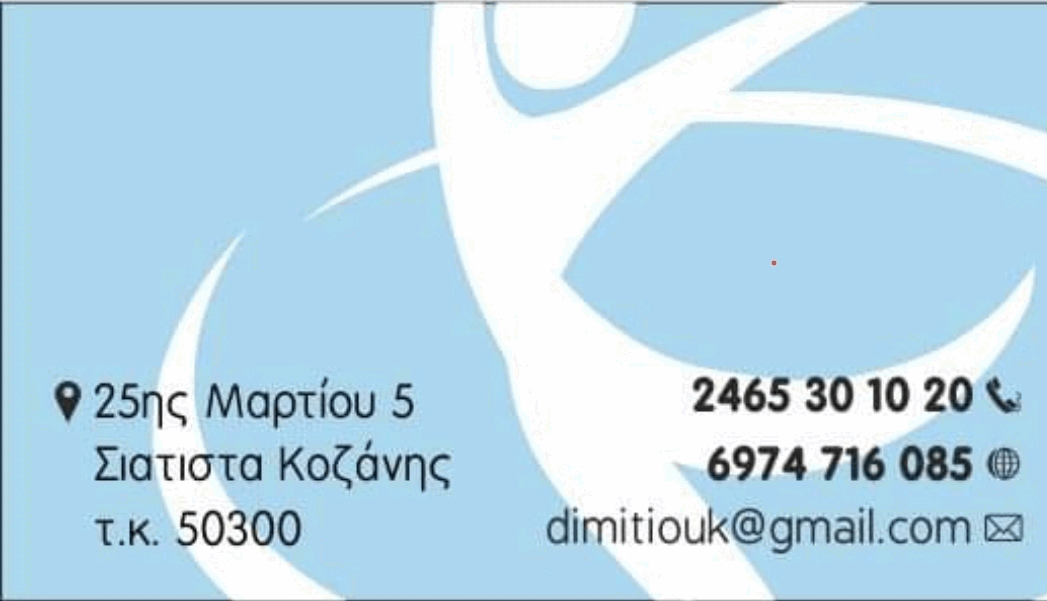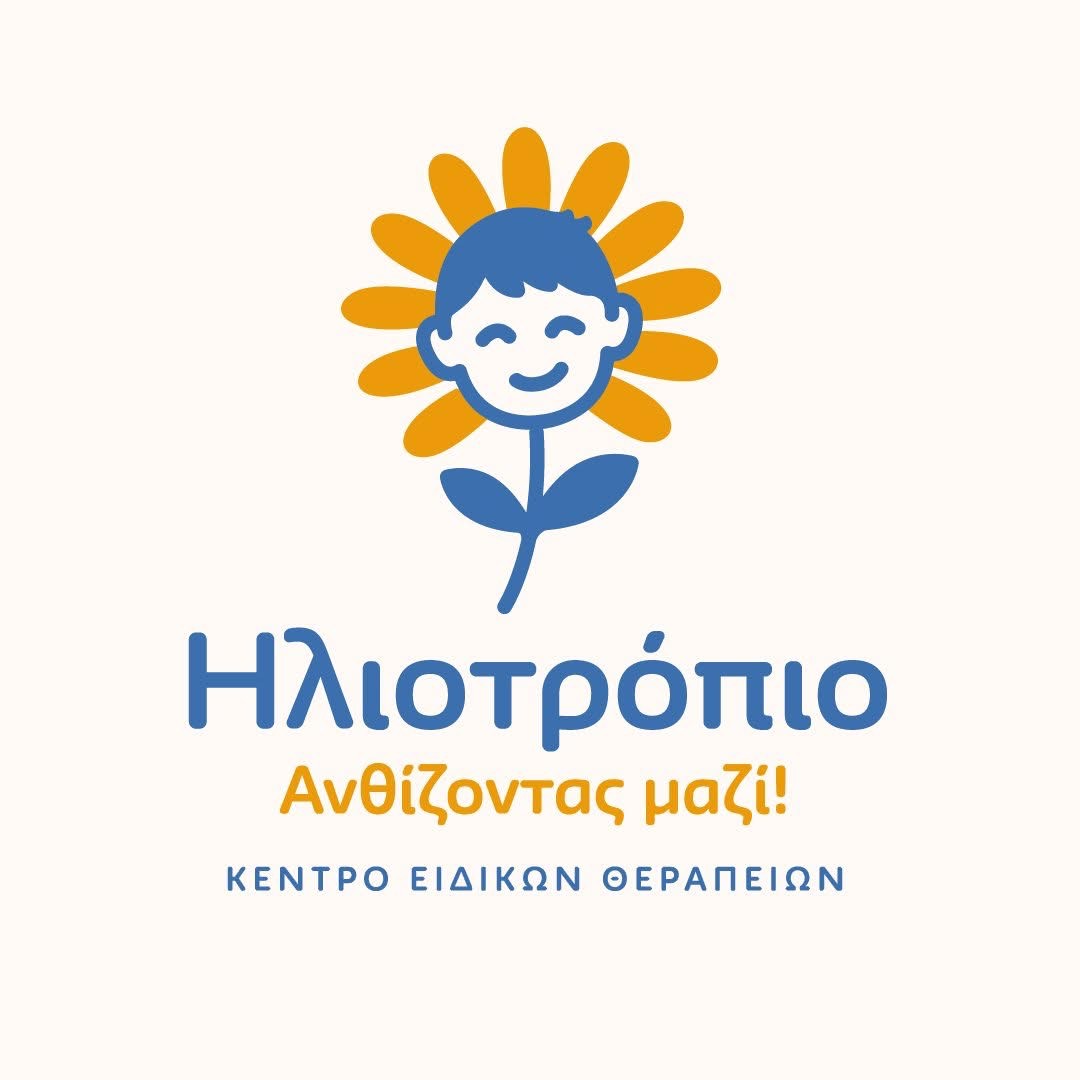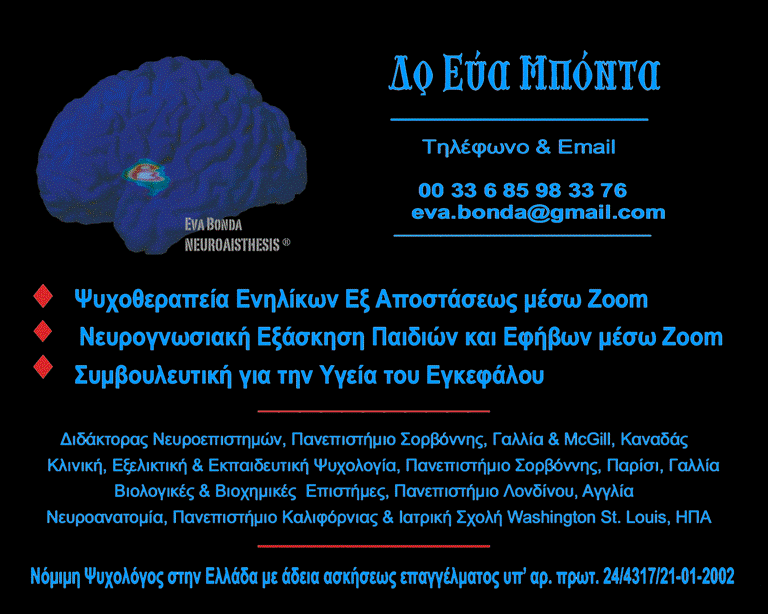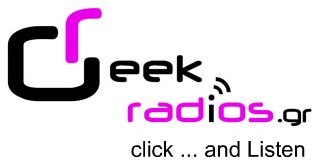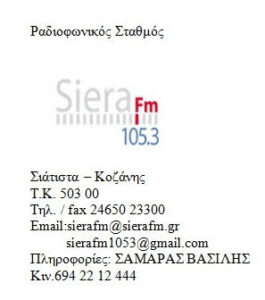Το εγκεφαλικό επεισόδιο έρχεται σαν αστραπή, αρκεί, όμως, μόλις ένα δευτερόλεπτο για να αλλάξει η ζωή κάποιου που υφίσταται κάτι τέτοιο.
Μπορεί κάποιος να θεωρείται και να είναι φοβερά έξυπνος, δραστήριος, ενεργητικός και όμως…σε ένα κλάσμα του δευτερολέπτου να μην μπορεί να μιλά, να μην μπορεί να σκέφτεται. Είναι ακόμη δυνατόν να μην μπορεί να αναγνωρίζει τη γυναίκα του ή τα ίδια του τα παιδιά…
Η παράμετρος εκείνη που κάνει τα εγκεφαλικά επεισόδια να θεωρούνται από τα πλέον σοβαρά ιατρικά προβλήματα, είναι ότι δεν αφήνουν και πολλά χρονικά περιθώρια αντίδρασης στον ασθενή ή τους γιατρούς. Η γενική αρχή που ισχύει στην καρδιολογία, «ο ασθενής σώζεται εάν φτάσει μέσα σε μία ώρα στο νοσοκομείο», δυστυχώς δεν ισχύει πάντα για τα εγκεφαλικά, τα οποία συχνά δίνουν ακαριαίο θάνατο. Στις περισσότερες περιπτώσεις τέτοια επεισόδια συμβαίνουν όταν κλείνει μια ή περισσότερες αρτηρίες που τροφοδοτούν τον εγκέφαλο με αίμα. Αυτού του είδους τα επεισόδια ονομάζονται ισχαιμικά εγκεφαλικά, διότι στερούν τον εγκέφαλο από αίμα.
Ένα μικρότερο ποσοστό εγκεφαλικών επεισοδίων, ονομάζονται αιμορραγικά διότι οφείλονται στη ρήξη μίας ή περισσότέρων ζωτικών αρτηριών του εγκεφάλου.
Τρίτη συχνότερη αιτία θανάτων
Δυστυχώς, τα δύο είδη εγκεφαλικών επεισοδίων, τα ισχαιμικά και τα αιμορραγικά, αποτελούν μαζί, την τρίτη συχνότερη αιτία θανάτων. Είναι επίσης η πρώτη αιτία πρόκλησης μόνιμων σοβαρών αναπηριών.
Η αύξηση της ηλικίας συνοδεύεται από μεγαλύτερο κίνδυνο για εγκεφαλικό. Άτομα άνω των 65 ετών πρέπει να είναι ιδιαίτερα προσεκτικά όσον αφορά στους παράγοντες που αυξάνουν τις πιθανότητες προσβολής από εγκεφαλικό. Στους άνδρες, επίσης, τα εγκεφαλικά επεισόδια είναι συχνότερα από ό,τι στις γυναίκες, αν και οι γυναίκες, λόγω της αλλαγής του τρόπου ζωής, τείνουν να προσεγγίσουν τους άνδρες και στα εγκεφαλικά.
Φτωχά τα θεραπευτικά αποτελέσματα
Η θεραπευτική αντιμετώπιση των εγκεφαλικών επεισοδίων δεν έχει σήμερα τόσο ικανοποιητικά αποτελέσματα όσο θα θέλαμε. Ο σημαντικότερος λόγος είναι το γεγονός ότι οι ασθενείς αργούν να ζητήσουν βοήθεια και να μεταβούν στο νοσοκομείο για να λάβουν την αναγκαία θεραπεία. Το ευτύχημα είναι, πάντως, ότι υπάρχουν θεραπευτικές επιλογές. Για τα εγκεφαλικά επεισόδια αποφρακτικού τύπου υπάρχουν φάρμακα που μπορούν να διαλύσουν το θρόμβο που σχηματίζεται και αποφράσσει ζωτικά αγγεία που τροφοδοτούν τον εγκέφαλο με αίμα. Πρέπει, όμως, να χορηγούνται εντός των πρώτων 3 ωρών από την έναρξη του αποφρακτικού επεισοδίου.
Οι περισσότεροι ασθενείς, τελικά, που παθαίνουν εγκεφαλικό επεισόδιο, εφόσον δεν αποδειχτεί μοιραίο, βρίσκουν κάποια βοήθεια στα ειδικά προγράμματα αποκατάστασης, κινησιοθεραπείας και λογοθεραπείας.
Ύποπτες ενδείξεις για εγκεφαλικό
Όσο δύσκολη, πάντως, μοιάζει η αντιμετώπιση ενός εγκεφαλικού επεισοδίου, τόσο εύκολη είναι η διάγνωση και, ακόμη περισσότερο η πρόληψή του. Αρκεί να γνωρίζει κανείς να «διαβάζει» τα ύποπτα σημάδια που προειδοποιούν για κάποιο επερχόμενο επεισόδιο. Κατ’ αρχήν, υπάρχει η χαρακτηριστική συμπτωματολογία του εγκεφαλικού που συνοψίζεται στα εξής:
- Σύγχυση και δυσκολία στην ομιλία
- Αδυναμία και μουδιάσματα στο πρόσωπο, χέρια, πόδια, βραχίονες, μηρούς (άνω και κάτω μέλη)
- Προβλήματα όρασης
- Δυσκολίες στο περπάτημα, απώλεια της ισορροπίας
- Έντονος πονοκέφαλος αγνώστου αιτιολογίας και ζαλάδες
Υπάρχει, μάλιστα, και ένας απλός τρόπος, με τρεις κινήσεις, για να διαπιστώσετε εάν κάποιος έχει περάσει εγκεφαλικό.
Α. Πείτε του να σηκώσει τα χέρια του μπροστά.
Β. Πείτε του να πει μια απλή φράση.
Γ. Πείτε του να χαμογελάσει.
Εάν δεν μπορεί να κάνει κάτι από τα τρία αυτά πράγματα που του ζητήσατε, τότε θα πρέπει να σπεύσετε να καλέσετε ιατρική βοήθεια, καθώς είναι σχεδόν σίγουρο ότι το άτομο που σας ενδιαφέρει πέρασε κάποιο εγκεφαλικό επεισόδιο, έστω και μικρής έκτασης.
Γράφει ο Στέφανος Φούσας,
Συντονιστής Τομέα Καρδιάς στο Metropolitan General
Πηγή:eleftherostypos.gr













